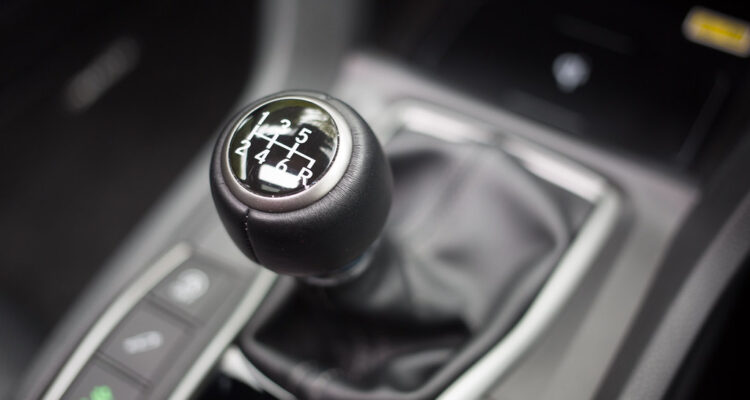Encountering a situation where your car refuses to move in reverse can be frustrating. However, by understanding common causes and implementing basic troubleshooting steps, you can identify and potentially resolve the underlying problems. In this article, we will discuss the key reasons why your car won’t go in reverse and provide potential solutions.
Insufficient Transmission Fluid
Low levels of transmission fluid can lead to various transmission issues, including difficulty shifting into reverse. To address this problem:
- Check the transmission fluid level and ensure it falls within the recommended range.
- Replace the remaining fluid and the transmission filter.
- Examine the system for any leaks that might have caused the fluid loss.
Malfunctioning Transmission Selector Switch
A malfunctioning transmission selector switch can hinder the engagement of the reverse gear and may trigger the check engine light. To tackle this issue:
- Move the transmission selector switch rapidly from high to low multiple times to eliminate any corrosion or rust that might affect its functionality.
- If the problem persists, consult a trusted mechanic for further inspection and repair.
Contaminated Transmission Fluid and Clogged Filters
Contaminated transmission fluid or clogged filters can impede smooth shifting, including the ability to go in reverse. Keep an eye out for the following indicators:
- Leakage of transmission fluid, typically red or pink, around the transmission area.
- Burning odor resulting from excessive heat buildup caused by restricted fluid flow.
- Unusual rattling sound originating from the transmission, potentially indicating a filter-related issue.
To resolve this problem:
- Replace the transmission fluid and filters, ensuring unrestricted flow of clean fluid.
- If necessary, seek professional assistance to address additional transmission concerns.
Manual Transmission Challenges
In the case of manual transmissions, several factors can prevent the car from moving in reverse, such as a faulty shifter mechanism, damaged reverse gear, defective lockout ring, or a worn clutch. Follow these steps for potential solutions:
- Inspect and repair the shifter mechanism or replace any damaged components.
- Evaluate the condition of the reverse gear and consider replacement if needed.
- Address any issues with the lockout ring or clutch mechanism.
Conclusion:
When your car fails to move in reverse, it is essential to approach the problem systematically. Start with simple solutions like checking the transmission fluid and filters, and then progress to more complex repairs if required. Timely maintenance and prompt resolution of issues can help avoid costly repairs in the future. If difficulties persist, seek the expertise of a qualified mechanic to ensure your vehicle operates smoothly.







